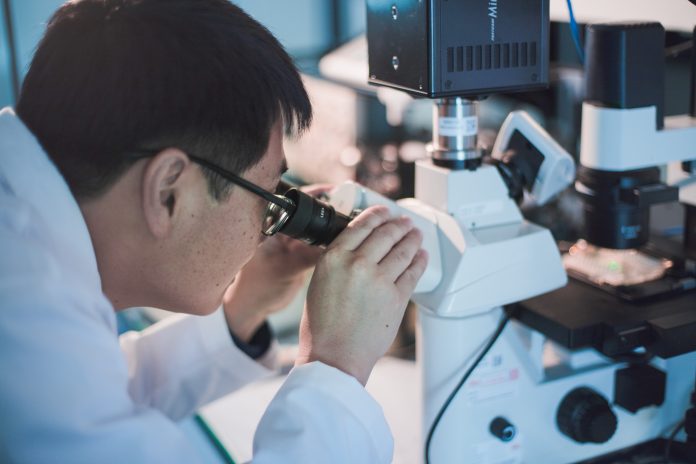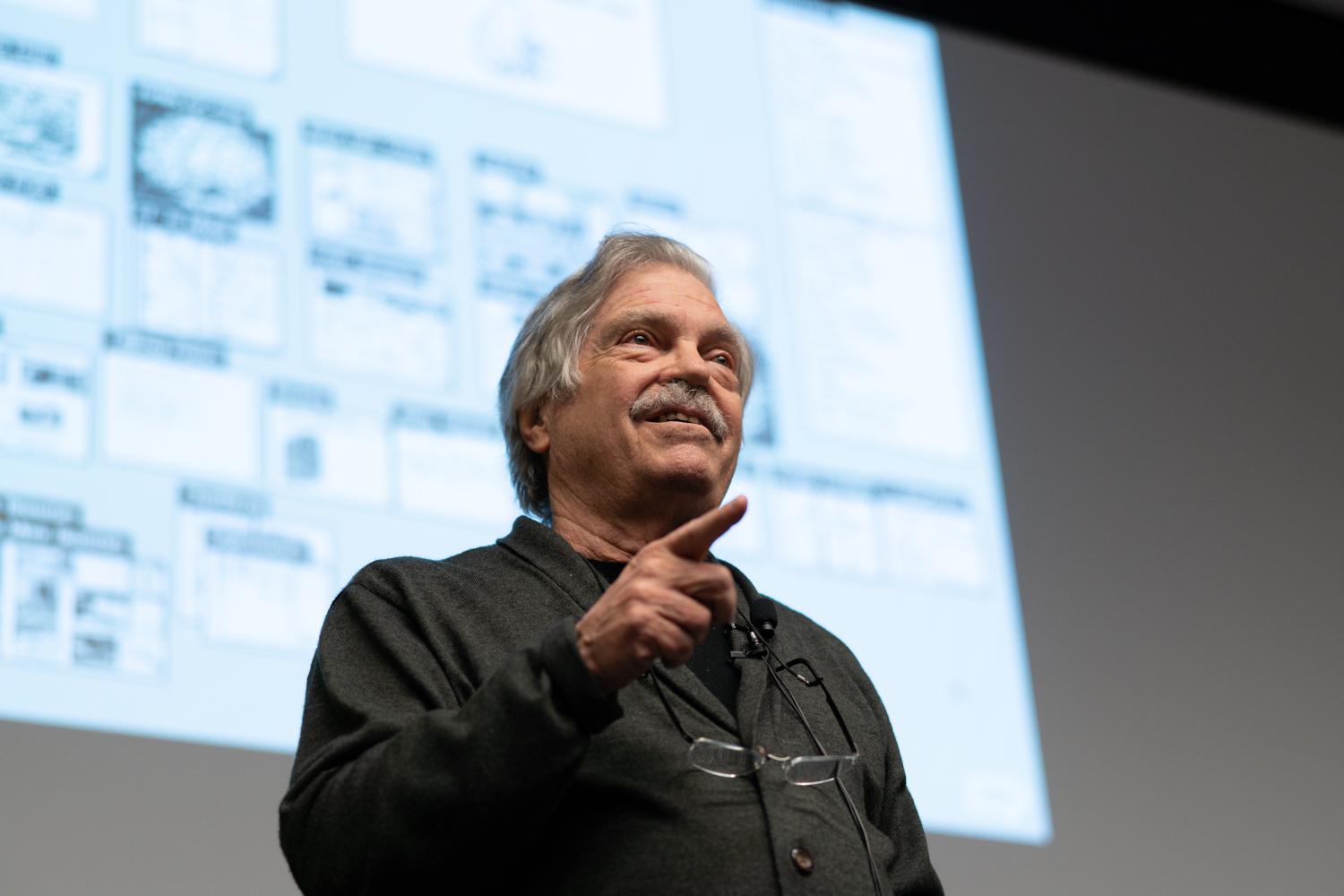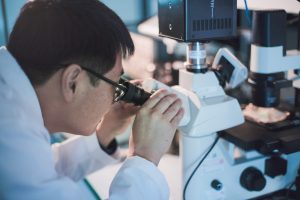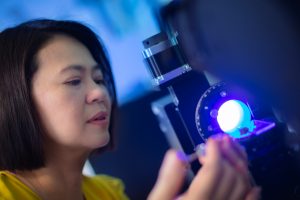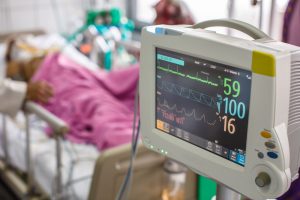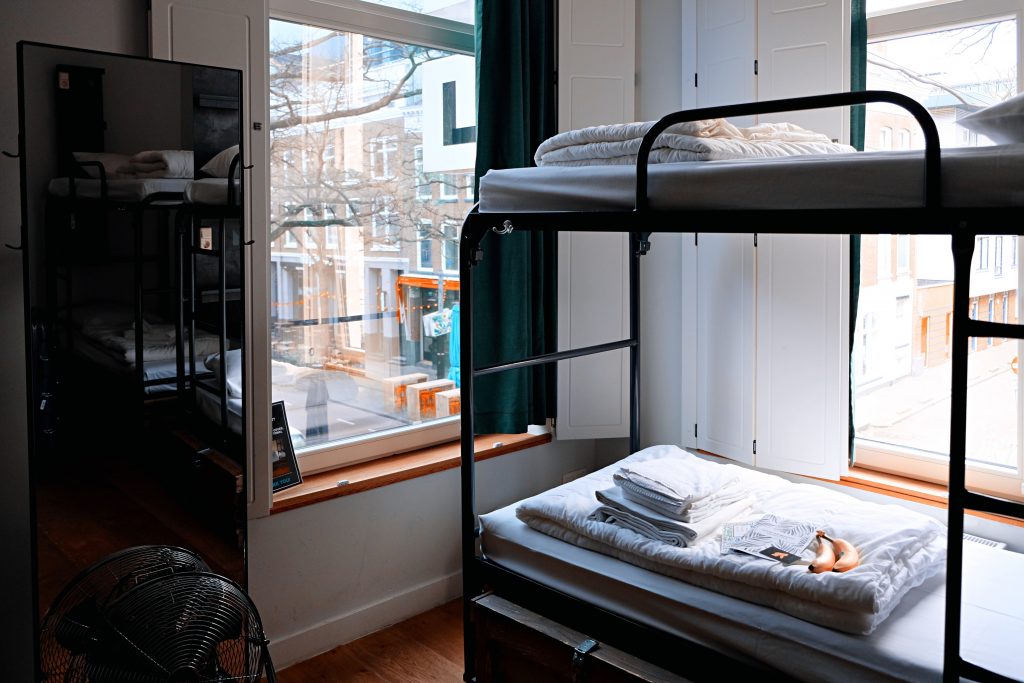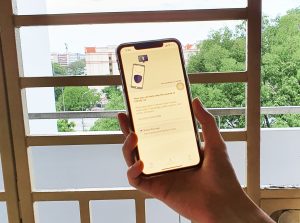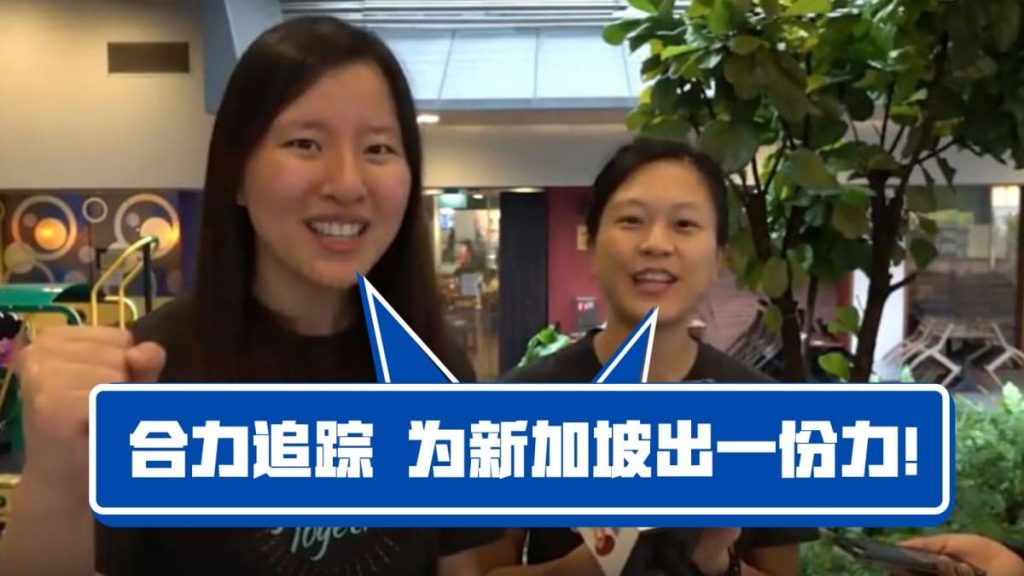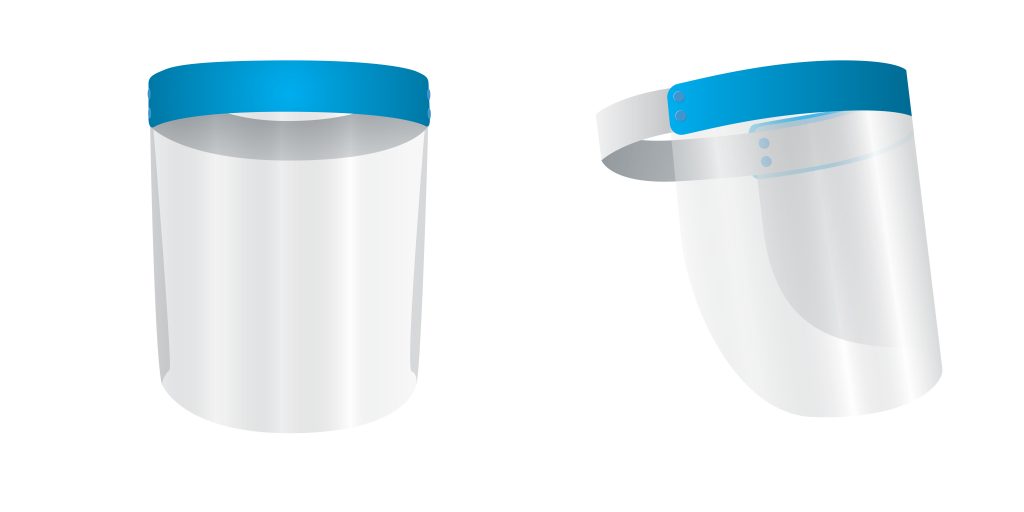“The best way to predict the future is to invent it.” So what do the words of Alan Kay, American computer scientist and winner of the 2003 A.M. Turing Award, and SUTD have in common?
Photo credit/source: University of Colorado
Getting down to it.
At SUTD, when we talk about technology and design, we don’t just talk the talk, we walk the walk. You’ve heard of a million and one things technology can do. And at SUTD, we marry technology and design in our hands-on and multi-disciplinary curriculum. We train our students to nurture their ability to learn and power of design, to develop human-centred solutions that not only serve societal needs but meet the challenges of the uncertain future.
And at SUTD, we don’t do this alone. It has never been about “I can do better” or “I can do more”. Rather, the question at the back of our minds was always: How can we do better and do more together?” As the world grapples and works together to fight this pandemic and overcome unpredictable challenges for the future, we too, put our heads together and did what we know best – well-rounded and inclusive design solutions in the hopes of creating a better world.
Modelling tool for hospitals to estimate critical resources for COVID-19
Together with members from Weill College of Medicine in New York City (U.S.), Head of SUTD Engineering Systems and Design (ESD), Professor Peter Jackson is part of a team modelling an easy-to-use tool that helps project the demand for critical resources in hospitals during the pandemic, such as medical/surgical beds and ventilators. The use of the tool was influential in the mid-March call for more ventilators for New York State. A number of hospital systems, such as Kaiser Permanente, have downloaded the tool and report using it in their preparations for the coming surge in hospitalisations.
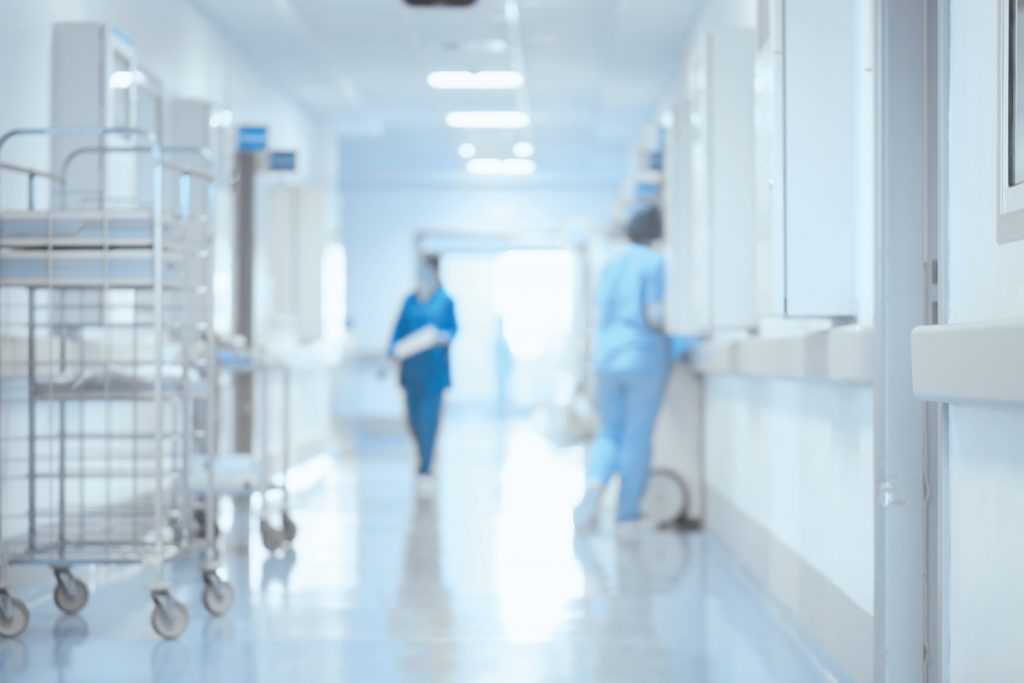 Photo credit/source: Shutterstock
Photo credit/source: Shutterstock
Cell sorting technology for antibody treatment
Led by Associate Professor Ye Ai, his research team is developing a new cell sorting technology to purify live peripheral blood mononuclear cells (PBMCs) from recovered COVID-19 patients, which will assist efforts in developing an antibody treatment for COVID-19.
Enhanced respiratory swab design and rapid test screening with point-of-care MRI lung scanner
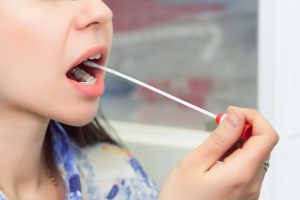 Enhanced respiratory swab design
Enhanced respiratory swab design
Based on the principle that the virus type has signature electrical properties and paper electronics, Assistant Professor Huang Shaoying aims to achieve microwave-based rapid screening of COVID-19 using saliva fluid in less than five minutes.
Photo credit/source: Shutterstock
Point-of-care MRI lung scanner
Professor Huang is also exploring a point-of-care MRI lung scanner, a more suitable alternative for mass screenings as compared to the currently used computed tomography (CT) scans that require more space to operate and carry ionizing radiation.
Carbon Capture Composite (C3) – a novel film membrane for respiratory filtration
Led by SUTD’s Engineering Product Development (EPD) faculty, Associate Professor Low Hong Yee and Associate Professor Tan Mei Chee have been working on C3, a film that is capable of air filtration and capturing carbon dioxide (CO2).
C3 incorporates a CO2 absorber that purifies exhaled air to function like a mechanical ventilator support that delivers enriched oxygen to the lungs of patients with severe breathing problems – a timely piece of work that could potentially alleviate the shortage of physical ventilators and oxygen supply.
On top of that, the film’s membrane is perforated with highly uniform and precise micro-nano-pores capable of filtering particles of specific sizes, with a 90% filtration efficiency for particle sizes between 200-400nm.
Enhanced worker dormitories to prevent cross contamination
A collaboration between Assistant Professor Peter Ortner, Faculty Fellow Zheng Kai and Leader of the SUTD Architect-in-Residence Team, Andrew Lee, the trio aims to fight COVID-19 spread in migrant worker housing by studying hygienic ventilation, crowd movement and washing protocols. The study implements extensive ventilation simulation to understand how passive ventilation can provide fresh, clean air complemented by touch-point analysis to track the daily activities of residents.
Photo credit/source: Unsplash
Helping displaced workers in disrupted sectors find jobs
Director of the Lee Kuan Yew Centre for Innovative Cities (LKYCIC), Mr Poon King Wang and his team are repurposing their AI-based task-skills database stack into an AI-based “cross-sector jobs GPS”. The database stack was developed to help unions and companies chart job transitions for workers displaced by digital disruption. With this, the “cross-sector jobs GPS” will help workers in COVID-19 disrupted sectors to quickly chart pathways to jobs in less affected sectors. The focus on tasks and integration to skills makes it possible to chart clear and concrete step-by-step pathways just like a GPS to identify, design, improve, and accelerate training and transition.
Photo credit/source: Shutterstock
TraceTogether
SUTD alumna and GovTech software engineer, Janice Tan was part of the team that developed the TraceTogether app to for faster contract tracing Using Bluetooth, the community driven contact-tracing app helps stop the spread of COVID-19. Uncover the technology behind TraceTogether here.
Photo credit/source: 8world
Scratchbac
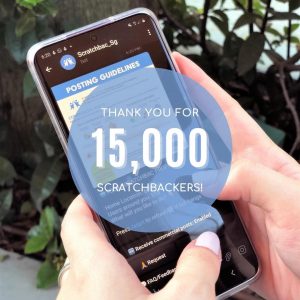 STEP students Neo Theng Tat and Princeton Poh, and EPD student Cheryl Low developed an app that helps to link up people in need of assistance with others who are able to help. With 1,000 users in two weeks, Scratchbac was a portrayal of heartwarming stories that reflected the spirit of camaraderie within the community. Most users helped without getting something in return. There were users who openly offered to help anyone who needed to print documents or purchase takeaway meals, and many of the older folks used Scratchbac to bulk buy various items. Photo credit/source: scratchbac_sg
STEP students Neo Theng Tat and Princeton Poh, and EPD student Cheryl Low developed an app that helps to link up people in need of assistance with others who are able to help. With 1,000 users in two weeks, Scratchbac was a portrayal of heartwarming stories that reflected the spirit of camaraderie within the community. Most users helped without getting something in return. There were users who openly offered to help anyone who needed to print documents or purchase takeaway meals, and many of the older folks used Scratchbac to bulk buy various items. Photo credit/source: scratchbac_sg
3D printed face shield mask, nasal swabs and ventilators
Photo credit/source: Shutterstock
Associate Professor Arlindo Silva and his team developed a 3D-printed face shield mask prototype. Using equipment at the National Additive Manufacturing Innovation Cluster (NAMIC) and Digital Manufacturing and Design Centre (DManD) at SUTD, the team is able to produce 36 face shields daily. The fabrication capabilities at SUTD have the potential to fabricate nasal swabs, ventilators as well as custom ventilator parts.
Through these innovative solutions, we hope that you are just as inspired as us by how technology and design can, and should come together to pit against such unforeseen challenges. Further, as what Professor Lim Sun Sun, Head of HASS at SUTD mentioned in her op-ed in The Straits Times on five lessons from fighting COVID-19, let us not forget that “[our] collective resistance is only as strong as its weakest link”. Which is why together, we can continue to fight this battle with our powers of design and only together, can we truly build a better world.
Like what you just read?
Join us in building a better world by design.
Schedule a call with our Admissions team or visit www.sutd.edu.sg/Admissions/Undergraduate for more details.




















